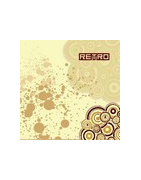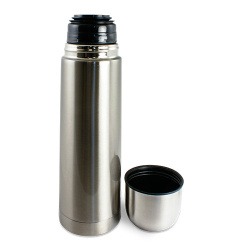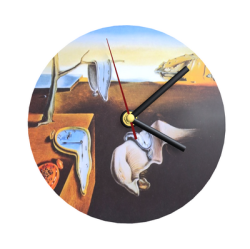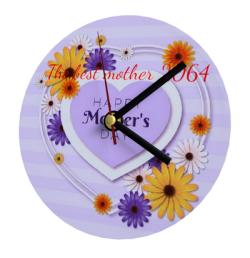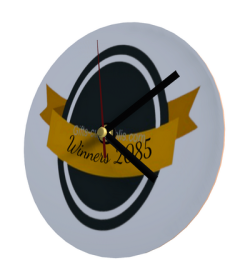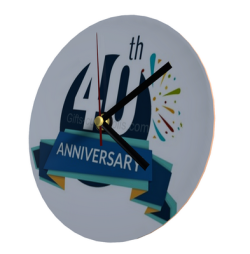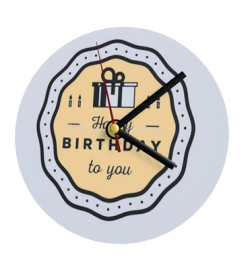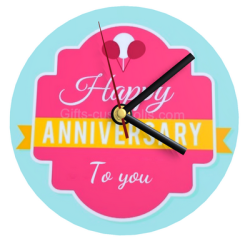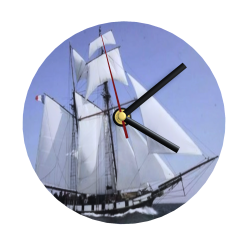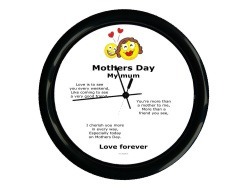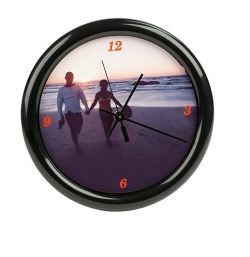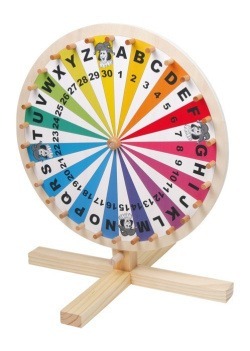Stainless steel vacuum...
Stainless steel vacuum flask The stainless steel vacuum flask is still quite often called."Thermos" by a number of people."Thermos" is a term that has become a common name today in the Cambridge dictionary. It is the company Thermos L.L.C. that has registered and is registering the thermos trademark. It is thanks to Sir James Dewar, a chemist and physicist of his time, who discovered the production of liquid hydrogen and therefore imagined a vase to preserve the temperature of the product which later became a vacuum flask. Sir James Dewar made an insulating container, called "the Dewar Vase", to be able to confine liquid hydrogen at very low temperatures. The container has two glass walls, separated from the outside by a vacuum, in which the liquid hydrogen is placed at low temperature.This makes it possible to reduce the temperature loss in relation to the surrounding environment. To be able to observe the photo of the family dog, of its newborn grandson or of the beach where you have spent an unforgettable holiday is a unique privilege that you can obtain thanks to this vacuum flask that we customise for you. It is a unique gift for a birthday, Christmas party or retirement or simply when you want to bring your personal coffee to the office.




































